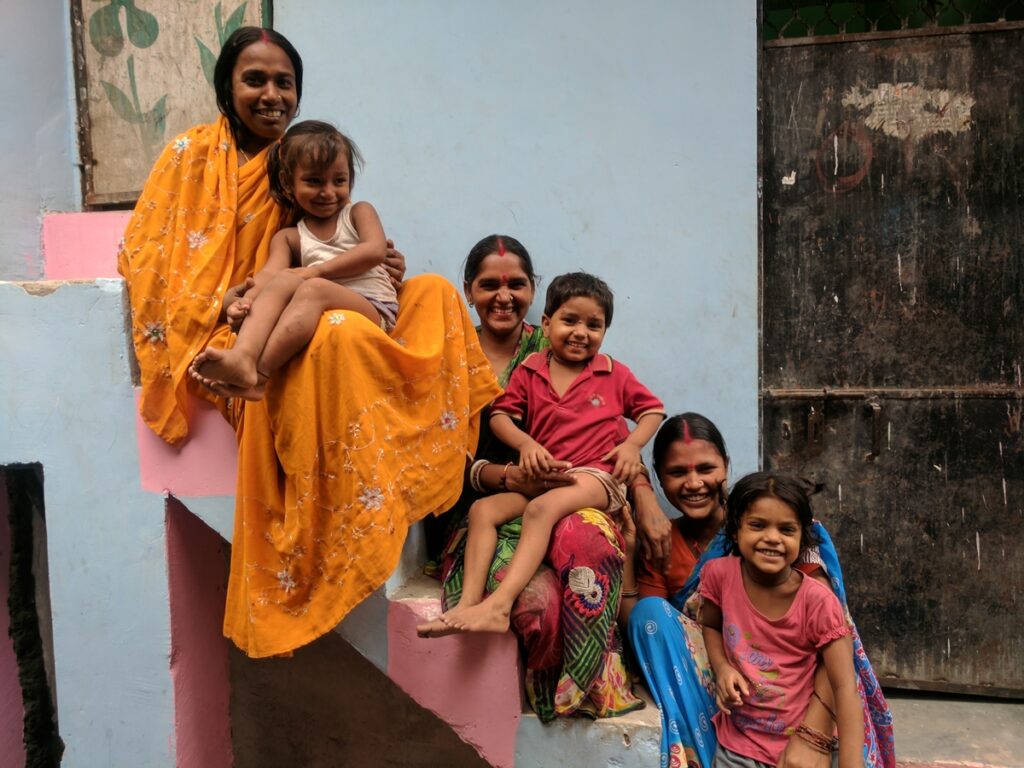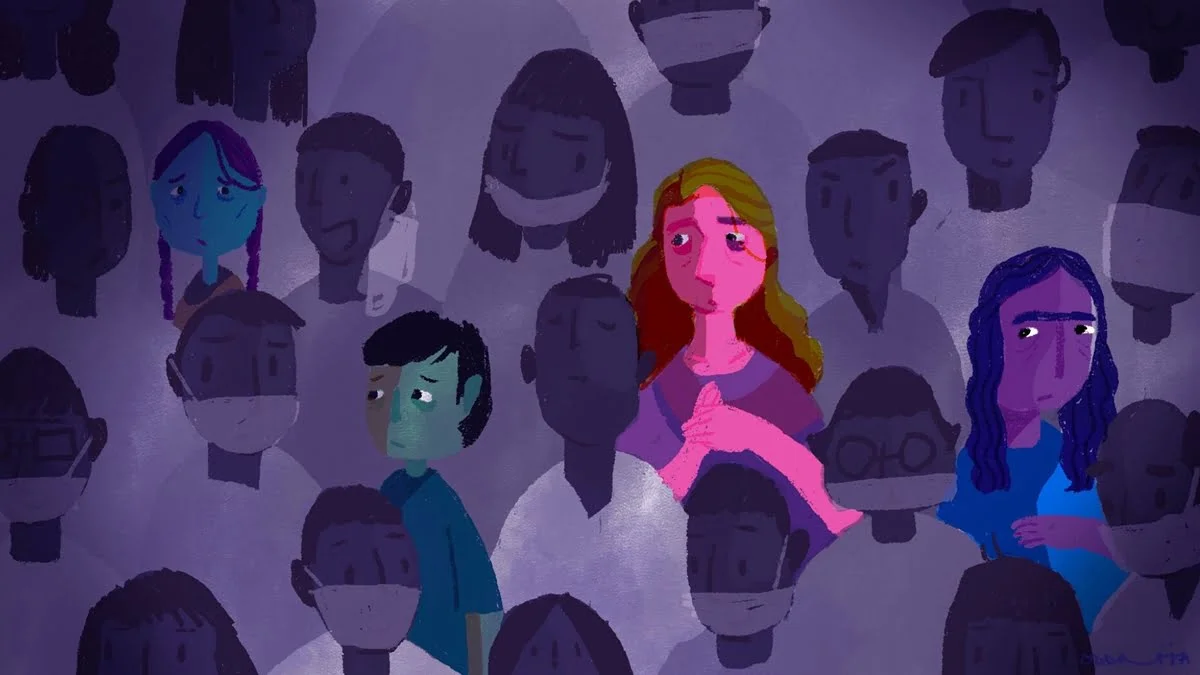The case of Disability Rights Movement (DRM) poses an eminent challenge to the superstructure of abortion rights and reproductive justice. The issue of selective abortion poses unique legal, moral as well as ethical predicaments. Whether it is the resurrection of the principles of eugenics or claims about it being a conduit of human selection and human perfecting, selective abortion based on the trait of disability calls for a complete overhaul of disability discourse, one that is based on the social model.
Being a model that attributes disability to the incompetency of the physical environment to accommodate for all the people, social model lampoons the very foundation of the medical rhetoric. Therefore, with the overthrow of a demonic perceptibility of a disabled body, social model aims to reinstate disabled people as equal and dignified human beings.
Whether it is the resurrection of the principles of eugenics or claims about it being a conduit of human selection and human perfecting, selective abortion based on the trait of disability calls for a complete overhaul of disability discourse, one that is based on the social model
In regards to the question of selective abortions, the solution has never been straightjacketed. Given the patriarchal location of care and notion of motherhood, arguing for a complete ban on selective abortions will not just be unjust to women and their autonomy, rights and agency, it shall also be counterintuitive to the argument in favour of disability rights.
Also read: The Interplay Of Eugenics And Disability Bias In Selective-Abortion Laws
Thus, we must concede to the fact that women have heavier burdens to carry and a higher cost to pay in the case of banning selective abortions. Being held as primary caretakers and care-givers, the proposition for banning a disability selective-abortion will naturally have a trickle-down impact on women and their lives in the private as well as public spheres.

An ideal framework would be one in which disability is comprehensively defined and understood from the social model standpoint; one where the external environment is the centre of reformation, not the human being. This will ensure that legal debacles such as the recent UP Population (Control , Sterilization and Welfare) Bill, 2021 are not repeated in the future.
Therefore, the need of the hour is a complementary application of a reproductive justice framework with the social model of disability for the short-term. Reproductive Justice Framework and the DRM are not identical, but they do share affinities to their respective causes.
An ideal framework would be one in which disability is comprehensively defined and understood from the social model standpoint; one where the external environment is the centre of reformation, not the human being. This will ensure that legal debacles such as the recent UP Population (Control , Sterilization and Welfare) Bill, 2021 are not repeated in the future. As has been vehemently argued by Adv. Rahul Bajaj and Ms. Anchal Bhatheja, the Bill envisages a two-child norm (similar to China’s two-child policy) in order to curb the menace of population in the state, however, it is believed that it does more than just that; among other problematic suggestions, it also discriminates against children with disabilities. Much like in everything else, the devil lies in the details, and in this case, it lies in Section 15 of the Bill. Section 15 reads:
“Disability of the first or second child- Notwithstanding anything contained in this or any other law for the time being in force, an action of an individual shall not be deemed to be in contravention of the two child norm under this Act, if the either, or both, of his children born out of the earlier pregnancy suffer from disability and the couple conceives a third child subsequently.”
Under the fine prints of the Act that was heralded to be a revolution, this provision arguably discounts the birth and subsequent existence of a child with disability. By allowing certain kind of ‘do-overs’ in case one of the two children are born with disabilities, the law becomes a tool of discrimination and oppression, rather than that of recourse and justice.
Also read: The Bias Against Disability Rights In The Abortion Laws Discourse
Henceforth, in order for the law to be sensitive, it must employ the effective measures provided by the frameworks of reproductive justice and DRM. This will also ensure that abortions are not led by misinformation, as they currently are.
Furthermore, the reproductive justice approach shall encourage a range of state-led, disability-friendly and affirmative action such as expansion of work, education and other forms of social securities in order to ensure people have requisite political, social as well as economic resources to make a choice that is based on their volition and not on the state’s inability to accommodate a disabled human being.
Featured image source: cfr.org
About the author(s)
Anmol Ratan is a fourth-year law student at the National Law School of India University, Bengaluru. His core research lies in the field of critical race theory, law and development, international law and human rights law. He has previously authored articles on caste, gender, marginality intersectionality and the law. He is currently working as a Research Assistant
to Prof. Dipika Jain (Dean, Jindal Global Law School). He is also an editor at NLSIR, a flagship law review at the National Law School, Bengaluru.




